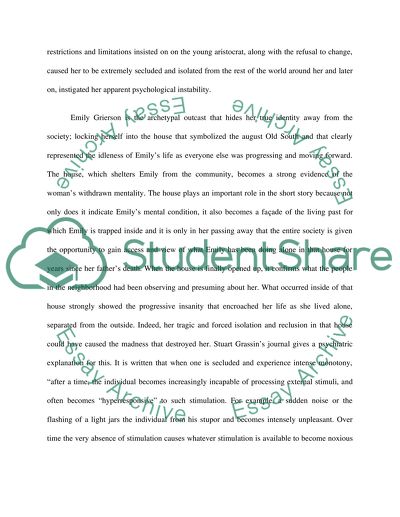Cite this document
(“Madness and Insanity in A rose for Emily Research Paper”, n.d.)
Retrieved from https://studentshare.org/english/1460480-madness-and-insanity-in-a-rose-for-emily
Retrieved from https://studentshare.org/english/1460480-madness-and-insanity-in-a-rose-for-emily
(Madness and Insanity in A Rose for Emily Research Paper)
https://studentshare.org/english/1460480-madness-and-insanity-in-a-rose-for-emily.
https://studentshare.org/english/1460480-madness-and-insanity-in-a-rose-for-emily.
“Madness and Insanity in A Rose for Emily Research Paper”, n.d. https://studentshare.org/english/1460480-madness-and-insanity-in-a-rose-for-emily.


